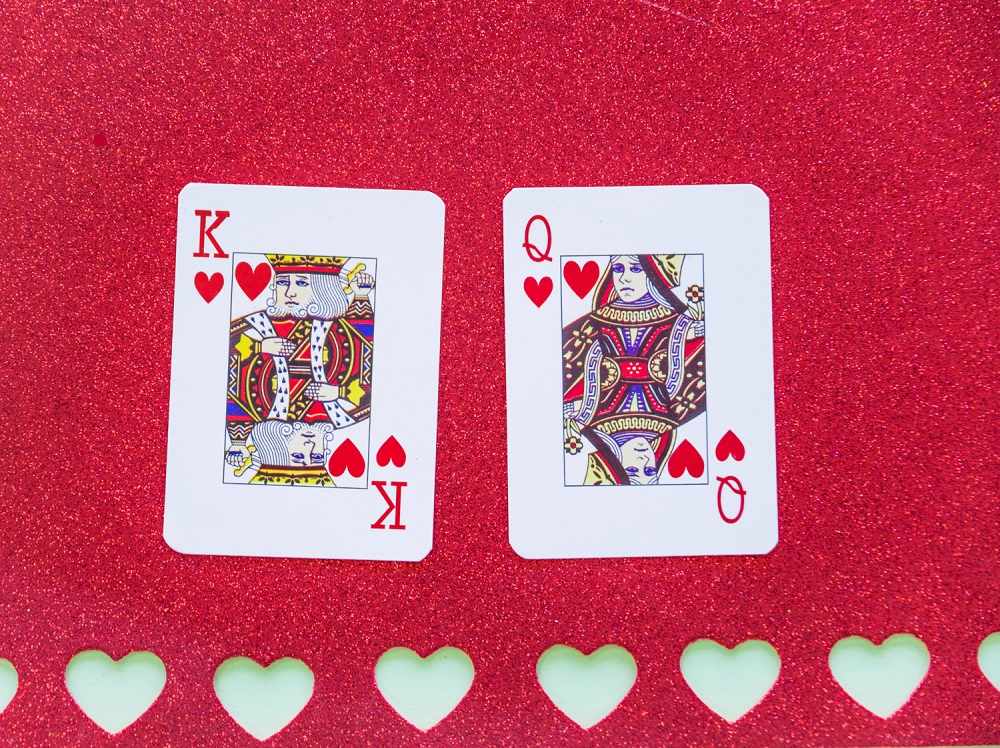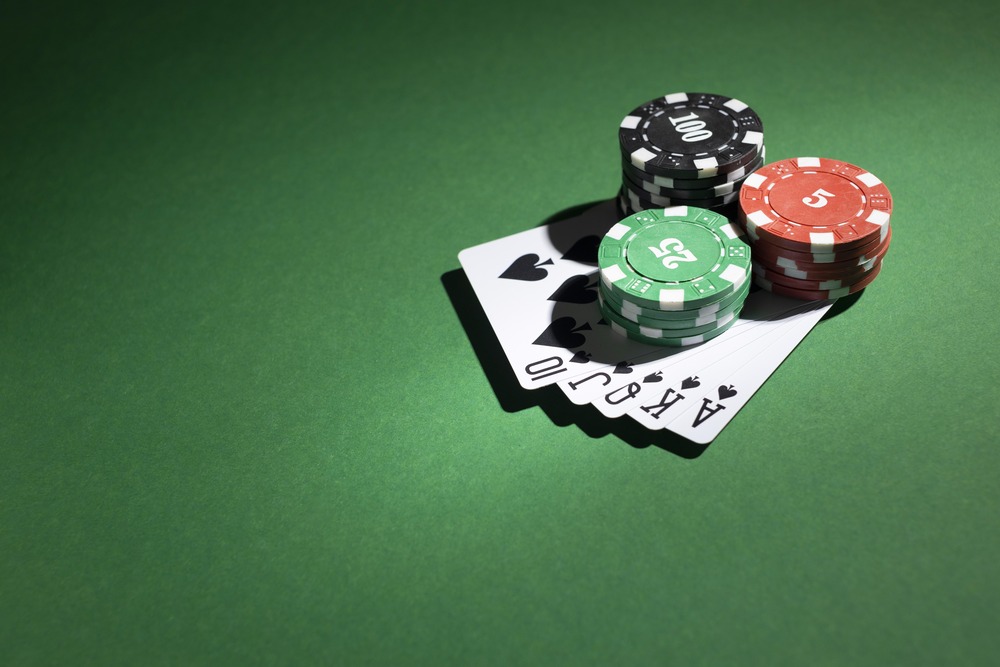When you engage in a game of roulette, it’s important to grasp the implications of the En Prison rule. This rule offers players the opportunity to potentially recover their losses on specific bets if the ball lands on zero. Understanding this rule goes beyond mere chance; it can influence the odds in your favor and influence your strategic approach to the game.
Delve into the details of this rule to comprehend how it may impact your gameplay and strategy at the roulette table.
Origins of En Prison Rule
The En Prison rule in roulette originated in 18th-century France when the game was becoming popular in French casinos. Introduced as a method to decrease the house edge, this rule aimed to offer players a better chance of recovering their bets on even-money wagers.
Initially called “partage” in French, which translates to “to divide,” the rule allowed players who bet on even-money outcomes to have their stakes held in prison or “en prison” if the ball landed on zero. This imprisonment permitted players to potentially reclaim half of their original bet on the subsequent spin, introducing a strategic element to the game.
How En Prison Works
The En Prison rule in roulette offers players a chance to recover potential losses when the ball lands on zero. With this rule, players can choose to keep their even-money bet “in prison” for the next spin after a zero outcome. If the bet wins on the subsequent spin, the player receives the original wager back without any additional winnings. However, if the bet loses, the player loses the original wager.
This rule essentially provides a second opportunity for players to recoup their losses in the event of a zero outcome, offering a strategic approach to managing bets and potentially mitigating losses.
Impact on Player Odds
Considering the En Prison rule in roulette is essential for understanding its impact on player odds. This rule offers players the opportunity to improve their odds compared to standard roulette rules.
When a player places an even-money bet and the ball lands on zero, they can choose to recover half of their bet or leave it ‘in prison’ for the next spin. If the subsequent spin hits their bet, they receive the full bet back.
This rule effectively reduces the house edge on even-money bets from 2.70% to 1.35%, increasing the player’s chances of winning. Being aware of how En Prison affects player odds can assist in making strategic decisions while playing roulette.
En Prison Strategy Tips
Enhancing your roulette gameplay with the En Prison rule involves implementing strategic tips to improve your chances of success. One effective approach is to prioritize even-money bets such as red/black, odd/even, or high/low, as these offer higher winning probabilities.
Opting for European roulette over American roulette is advisable due to the former’s lower house edge resulting from the single zero. It’s prudent to establish a budget and adhere to it, avoiding reckless attempts to recover losses.
Diversifying your bets by combining inside and outside bets can also be beneficial in potentially increasing your winning opportunities. By incorporating these strategies thoughtfully, you can optimize the En Prison rule and enhance your overall roulette experience.
Advantages and Disadvantages
When considering the En Prison strategy in roulette, it’s essential to weigh its advantages and disadvantages.
One advantage of this strategy is that it can reduce the house edge, potentially increasing the player’s chances of winning. The option to retain the bet “in prison” after a zero allows for a second opportunity to win.
However, a notable disadvantage is that the En Prison rule may not be uniformly available across all casinos or roulette tables. In instances where the rule isn’t enforced, players immediately lose half of their bet upon a zero outcome. This lack of consistency can pose challenges for those relying on this strategy for consistent outcomes.
Conclusion
To sum up, the Roulette En Prison rule is a beneficial option for players as it decreases the house edge and offers a chance to recover losses on even-money bets. By grasping the mechanics of this rule and making strategic decisions, players can potentially improve their chances of winning at the roulette table. When in a casino setting, it is advisable to consider utilizing the En Prison rule to optimize one’s success rate.










